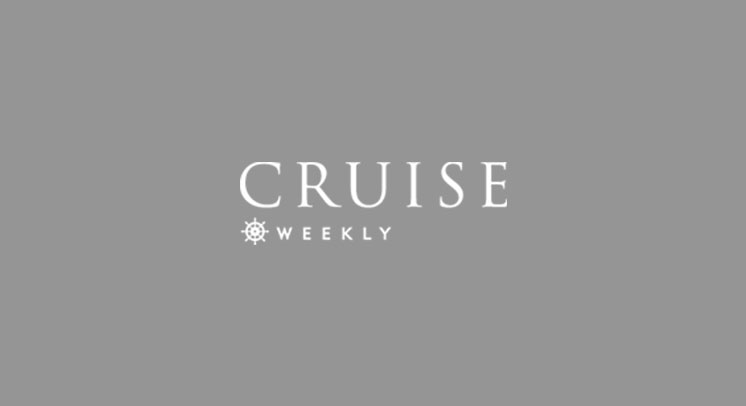MODERN day piracy is nothing like the glamourised ‘Jack Sparrow’
of Hollywood. It’s a guerrilla war being waged in international waters
between highly mobile and stealthy gangs of increasingly well-armed
and equipped locals and the ships that come into their waters.
On a recent trip through the Gulf of Guinea (near Nigeria) I was able
to experience first-hand the ‘thrill’ of sailing through a known pirate
hotspot, but I fully appreciate this kind of excitement is not for all
tastes. So just what are the real concerns about piracy & cruise travel?
Generally, piracy and poverty are closely linked. Locals who,
for one reason or another, have had their traditional livelihoods
compromised often turn to banditry as a way of feeding their
families. In the Gulf of Guinea, most pirate activity is around Lagos
in Nigeria where vulnerable oil tankers and fishing vessels tie up or
anchor with little or no security.
“There haven’t been any attacks on passenger vessels in this area
to date,” Mike, our onboard security team leader said in an address
to the hushed passengers, “but that’s not to say either the targets or
the boundaries won’t change at some point.”
Attacks on tankers and fishing vessels though, are rife. They are
slow and easy to board. One of our crew has been the victim of
pirate attack (twice) while aboard a tanker in these waters and some
attacks have been violent.
MS Expedition, though, was prepared. Razor wire, fixed fire hoses
and high powered weapons were our defence and this obvious
display of readiness is what usually deters would-be attackers.
Veteran travel journalist, Ian McIntosh of travelagentupdate.com,
transited the Suez Canal last year aboard a heavily fortified Voyager
of the Seas.
“The thought that we were a sitting duck was highlighted by the
captain’s instruction that the ship was to be blacked out at night,”
wrote Ian in the Winter 2012 issue. “We even practiced a special drill
that moved all pax from outside cabins inside.”
Operation Safe Haven is designed to move all guests away from
open decks, balconies and windows “in the unlikely event we
encounter suspicious boat activity in the proximity of the vessel
during our transit,” we were told.
To date, the Suez and Somali coast has been the only region where
pirates have targeted cruise ships with Ponant, Seabourn, Azamara,
MSC, Transocean, Oceania and Saga all experiencing events ranging
from capture, gunfire and escape.
Touch wood, no cruise ship passenger has yet been injured, but in
the case of Seabourn, it was a close shave when two RPG (rocket)
rounds struck the vessel.
Prior to my departure I had received a note from G Adventures
advising that anti-piracy precautions would be taken, including a
three-man security team.
While not all passengers claim to have seen this message, such prior
advice is crucial in allowing passengers to make an informed decision
on such matters and this responsibility falls directly in the lap of
the cruise line and the agent making the booking. In McIntosh’s
case, these anti-piracy measures came as an unwelcome surprise.
“Passengers should be advised about special security arrangements
before they depart,” he notes.
That said, there is some responsibility for intending passengers to
be aware of any danger in their destination and not be alarmed when
their cruise line takes reasonable precautions.






